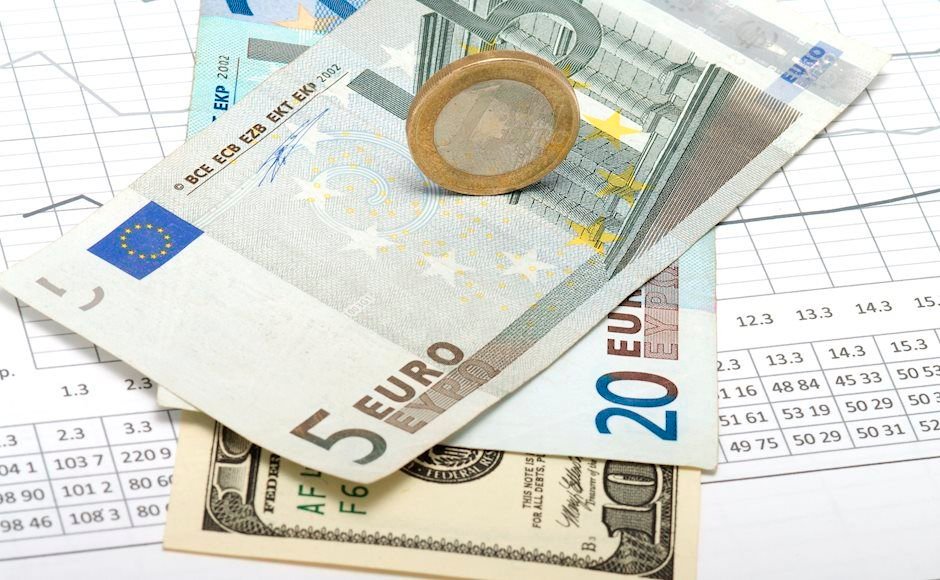Market Recap
On Friday, German and European Monetary Union (EMU) bond yields showed modest initial gains but extended their upward trajectory by the session’s close. US Treasury yields rose as well, with the 2-year yield adding 5.4 basis points (bps) and the 10-year yield increasing by 6.9 bps. While no significant US economic data was released, markets speculated that the Federal Reserve (Fed) might adopt a more cautious stance on future rate cuts due to solid US activity data, higher-than-expected inflation, and uncertainties surrounding fiscal policy.
The Fed’s updated dot plot, due this week, is expected to provide clearer guidance on its monetary policy outlook. In Europe, German yields continued their post-ECB rebound, rising around 5 bps across the curve, with long-term yields (30-year) rising slightly less at 3.4 bps. Early ECB policymaker commentary reflected ongoing divisions between hawks and doves, though the consensus leaned toward a gradualist approach for now.
In the currency market, the euro attempted to recover against the US dollar, with EUR/USD closing at 1.0501, up from 1.0468. Sterling underperformed against both the euro and the dollar following weak UK data, including disappointing October industrial production and a second consecutive monthly GDP contraction (-0.1%). EUR/GBP rose above 0.83, easing concerns of a potential test of the 2022 low at 0.8203.
Equity markets in Europe and the US closed relatively flat. In Asia, markets traded mostly lower following weaker-than-expected November retail sales in China, which rose by 3% year-on-year (vs. 5% expected), reflecting ongoing weak demand despite recent stimulus measures.
Focus for Today
- EMU Preliminary PMIs: Consensus expects the composite PMI to remain unchanged at 49.5, with little optimism for a near-term rebound amid ongoing political and economic uncertainties in France and Germany. Weak data could cap further increases in short-term EMU yields, with 2.20%-2.25% offering potential resistance for 2-year swaps.
- US Services PMI: Investors will watch to see if the services PMI confirms the decline seen in the ISM services index, as the two often diverge.
- Sterling Sensitivity: Following Friday’s disappointing UK data, sterling may face further pressure if the UK composite PMI (expected at 50.6) disappoints.
Moody’s Downgrade of France and Slovakia
Rating agency Moody’s downgraded both France (from Aa2 to Aa3, stable outlook) and Slovakia (from A2 to A3, stable outlook) after Friday’s market close.
France:
The downgrade reflects Moody’s concerns over France’s deteriorating public finances. Political fragmentation is likely to hinder significant fiscal consolidation, increasing the risk of a negative feedback loop involving higher deficits, rising debt levels, and elevated financing costs. Moody’s projects the following:
- Deficit: Expected at 6.3% of GDP in 2025, gradually declining to 5.2% by 2027.
- Debt-to-GDP: Projected to rise from 113.3% in 2024 to approximately 120% in 2027.
Slovakia:
The downgrade for Slovakia stems from broad institutional challenges and escalating political tensions. Key concerns include:
- A deteriorating trend in governance indicators due to judicial and media reforms that weaken checks and balances.
- Increased political fragmentation, complicating fiscal policymaking and further straining the country’s institutional stability.
Political Developments in Germany
Germany’s Christian Democratic Union (CDU) is set to unveil its election manifesto, which includes proposals aimed at bolstering support for hard-working citizens and addressing immigration concerns. According to a Financial Times report on a draft of the manifesto, key policies include:
- Immigration Control: “We must decide ourselves once again who comes to us and who can stay.”
- Tax Reforms:
- Cuts to income tax for low- and middle-income earners.
- Reductions in social security contributions.
- A phased reduction in corporate tax from the current 30% to 25%.
- Abolition of the “Soli” surcharge on income tax, initially introduced to fund German reunification.
Despite these ambitious pledges, the CDU remains committed to Germany’s debt brake, leaving questions about how the proposed tax cuts and rebates will be funded. The manifesto reflects the party’s focus on fiscal discipline, summed up in its statement: “The debts of today are the taxes of tomorrow.”











